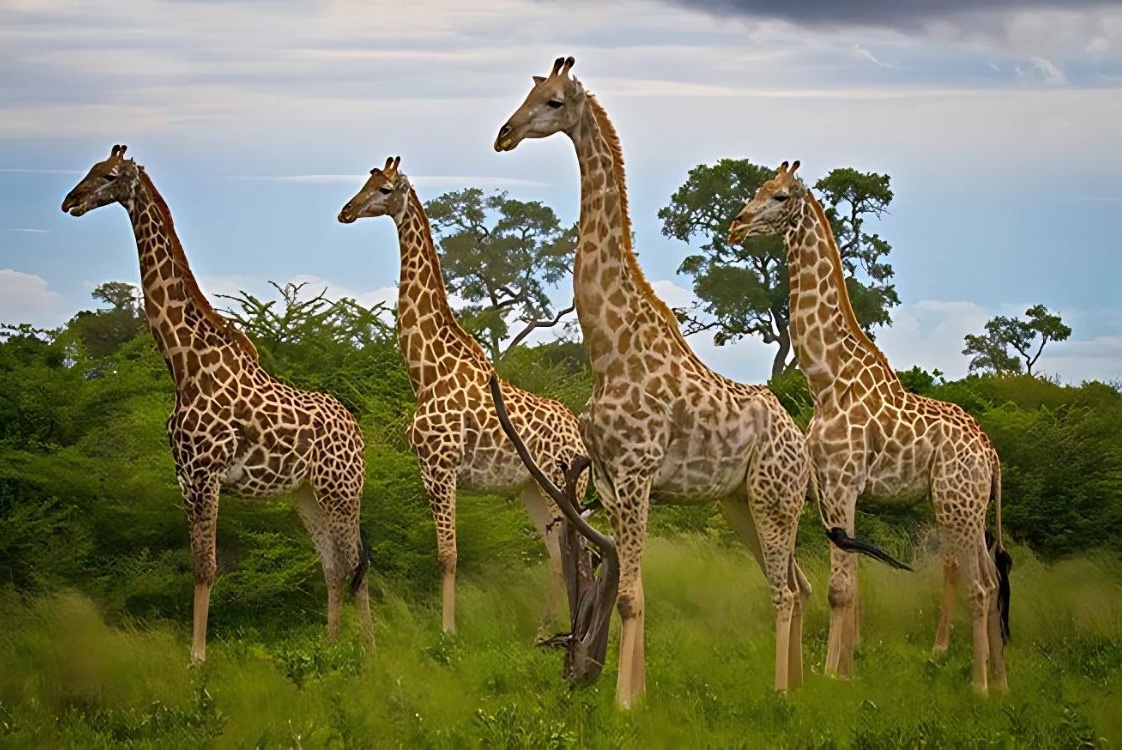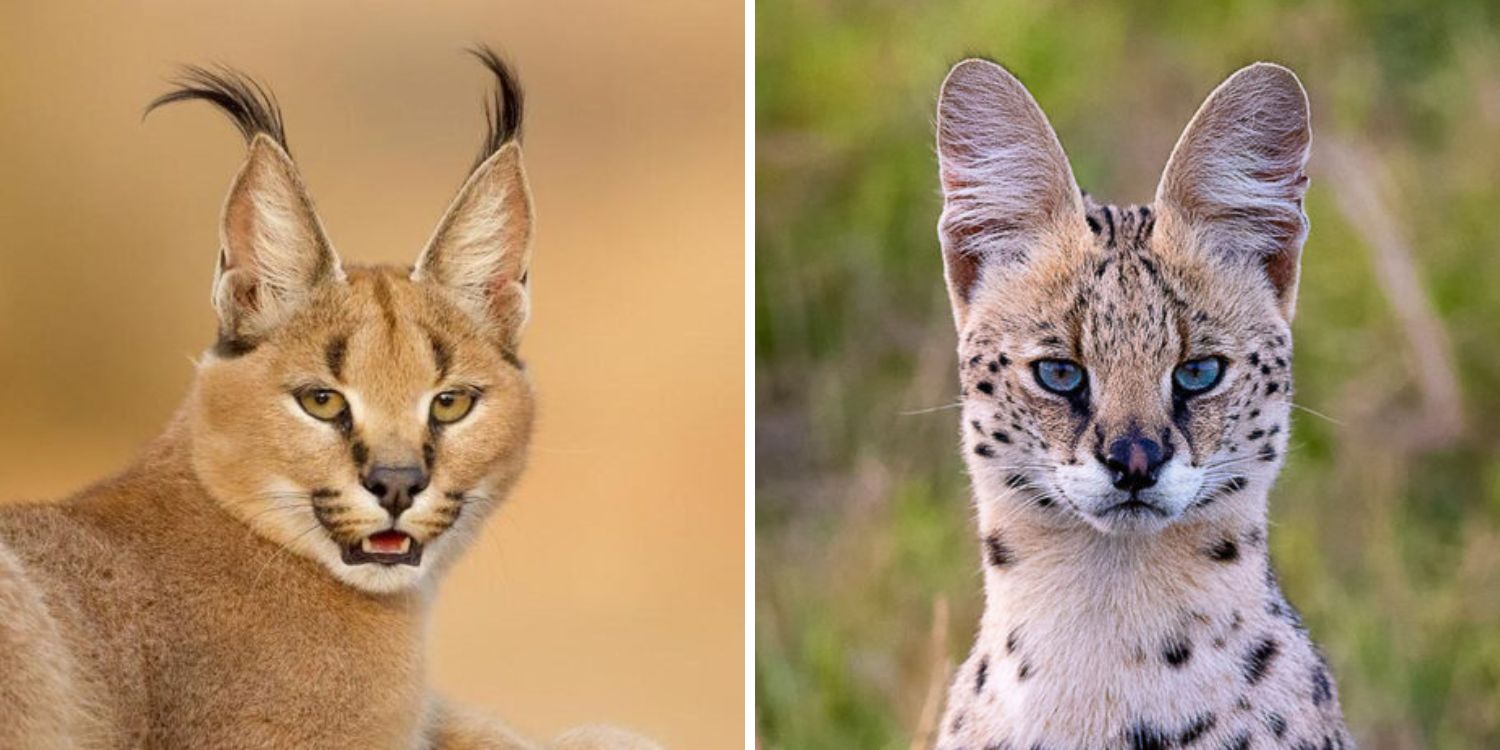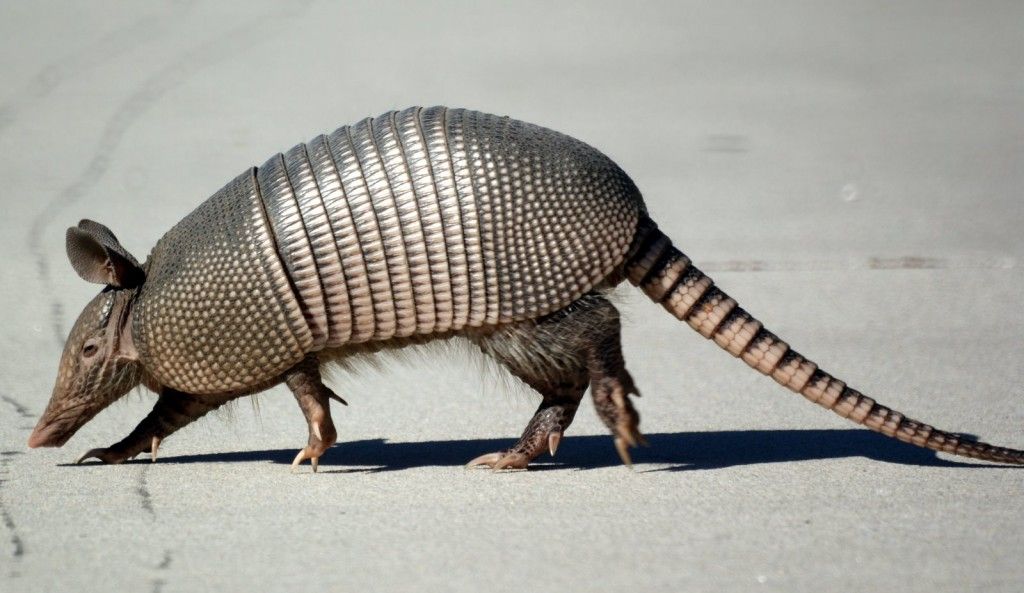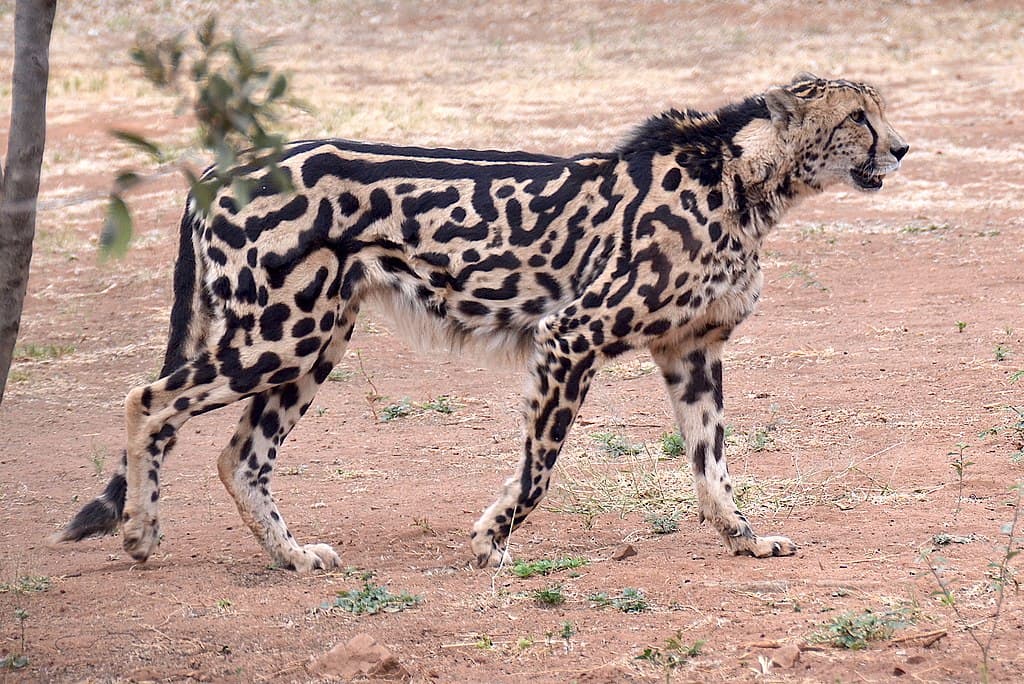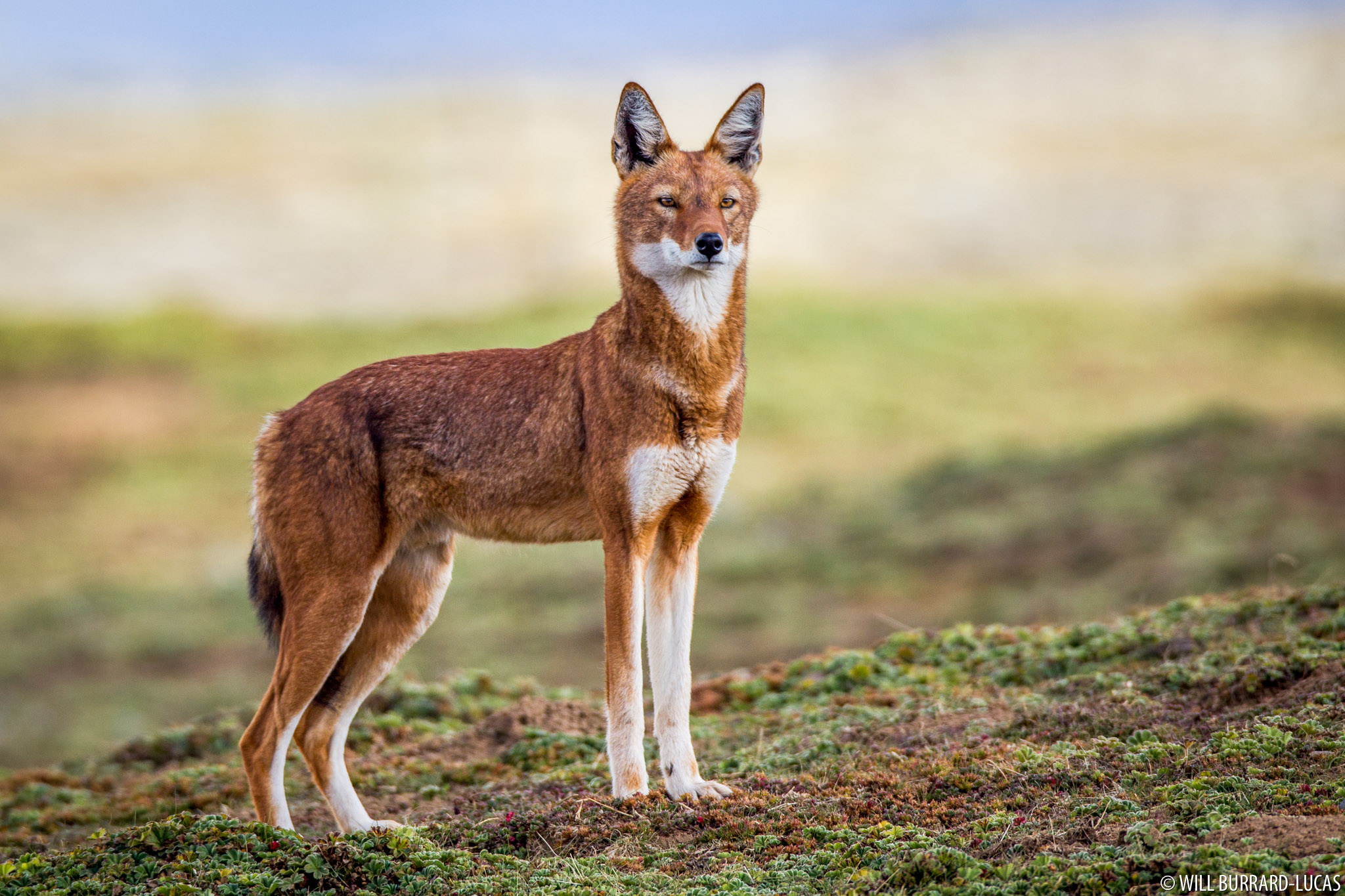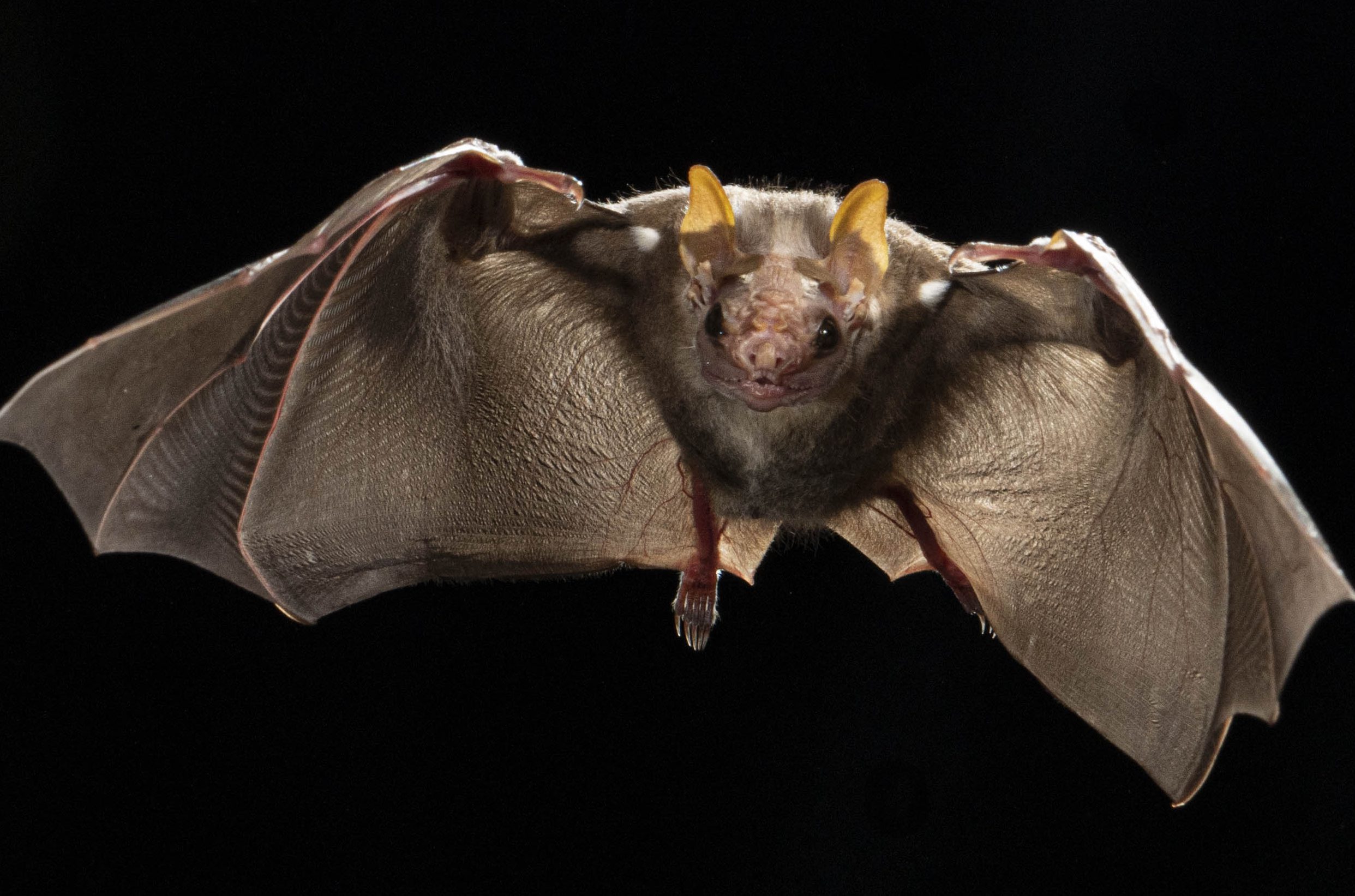
Weighing less than a penny and small enough to sit on your fingertip, the bumblebee bat (Craseonycteris thonglongyai) might be the tiniest mammal on Earth… but don’t let its size fool you.
This minuscule bat is one of nature’s most elusive creatures, fluttering through limestone caves in parts of Thailand and Myanmar. It’s so rare and tiny that many people don’t even know it exists – and even scientists didn’t discover it until the late 1970s!
Let’s shrink down for a closer look at this winged wonder of the animal kingdom.
The Basics: How Small Is It?
The bumblebee bat, also known as Kitti’s hog-nosed bat, is the smallest known mammal by skull size.
- Length: About 1.1–1.3 inches (2.8–3.3 cm)
- Weight: 1.5–2 grams (roughly the weight of a paperclip!)
- Wingspan: 5–6 inches (13–15 cm)
- Lifespan: Unknown, but likely several years in the wild
It gets its name from its tiny size and buzzing flight, but also from its distinctive pig-like nose – a feature that sets it apart from other bats.
Where Does It Live?
Bumblebee bats are native to a very limited area in southeastern Myanmar and western Thailand, where they roost in limestone caves near rivers and forest edges.
They live in small colonies of 10 to 100 individuals, often tucked into dark crevices high on cave walls. Because their range is so small and difficult to access, studying them in the wild is a serious challenge.
Daily Life: What Do Bumblebee Bats Do?
Bumblebee bats are insectivores, emerging at dusk to hunt for tiny insects like gnats, mosquitoes, and midges. Their flight is fast and darting – like a bumblebee’s – and they use echolocation to navigate and locate prey.
- They fly for about 20–30 minutes per evening.
- After hunting, they return to their cave roosts before night predators appear.
- Little is known about their mating behavior or lifespan, which adds to their mystery.
A Mammal That’s Rare and Threatened
The bumblebee bat is listed as Near Threatened by the IUCN due to:
- Habitat loss, especially the clearing of forests and disturbance of limestone caves
- Tourism and cave exploration that disrupt roosting colonies
- Limited range, making their populations more vulnerable to environmental changes
Efforts are underway in Thailand to protect their cave habitats and better understand their population numbers.
Why Are They Important?
Aside from being a contender for the smallest mammal title, bumblebee bats play an important role in their ecosystem:
- Pest control: They help keep insect populations in check.
- Ecological indicator: Their presence reflects the health of their forest and cave ecosystems.
They’re also a powerful reminder that size doesn’t dictate impact – and that even the tiniest animals can teach us big lessons about biodiversity and conservation.
Final Thoughts
The bumblebee bat might be small enough to sit on your thumb, but it holds a giant place in the world of natural wonders. Tiny, mysterious, and rarely seen, it glides through the twilight with barely a whisper – an ambassador for the hidden corners of the animal kingdom.
If you ever find yourself exploring a cave in western Thailand, keep an eye out. You just might spot the world’s smallest mammal flitting past like a living shadow.
Fun Fact: Scientists didn’t discover the bumblebee bat until 1974, when Thai biologist Kitti Thonglongya first described it. That’s why its scientific name honors him!
Miniature Marvels: The Full Series
Explore the fascinating world of tiny, rare, and lesser-known animals with the complete lineup:
- Pygmy Hippopotamus – A shy, forest-dwelling cousin of the common hippo
- Borneo Pygmy Elephant – The baby-faced elephant of Southeast Asia’s rainforests
- Rusty-Spotted Cat – A kitten-sized predator with fierce instincts and jungle stealth
- Vicuña – The delicate Andean wonder with the world’s finest wool
- Sunda Flying Lemur (Colugo) – A gliding, leaf-loving oddball that’s not a lemur (or a flyer)
- Bumblebee Bat – The world’s smallest mammal, light as a paperclip and rare as a unicorn
Click through and meet them all, because sometimes the tiniest creatures have the most extraordinary stories.
More photos below ↓










Disclaimer: This blog post is for edutainment purposes only and may not be entirely accurate.

